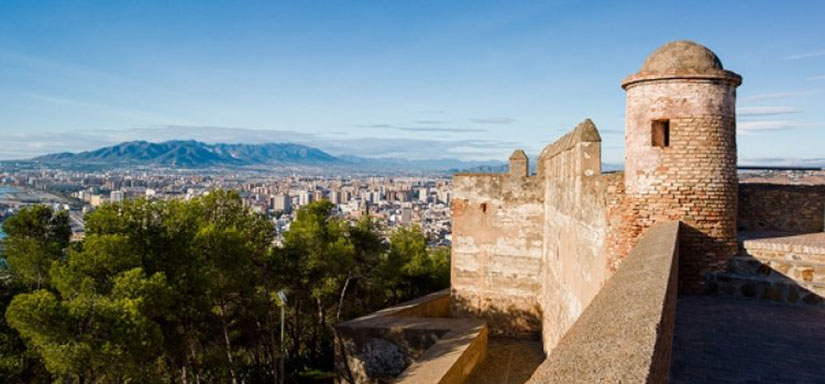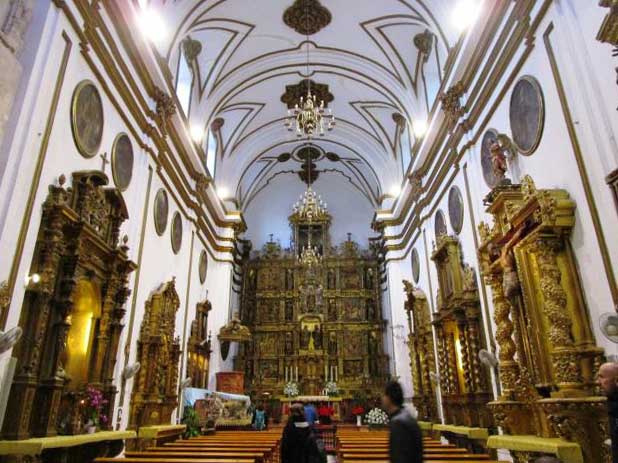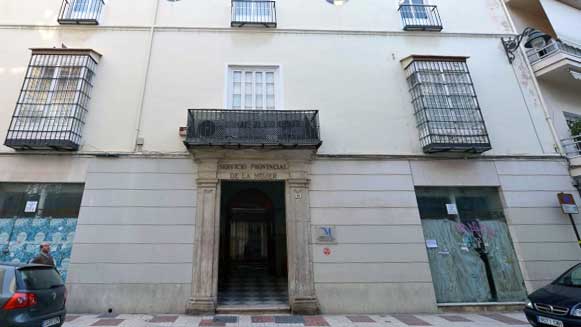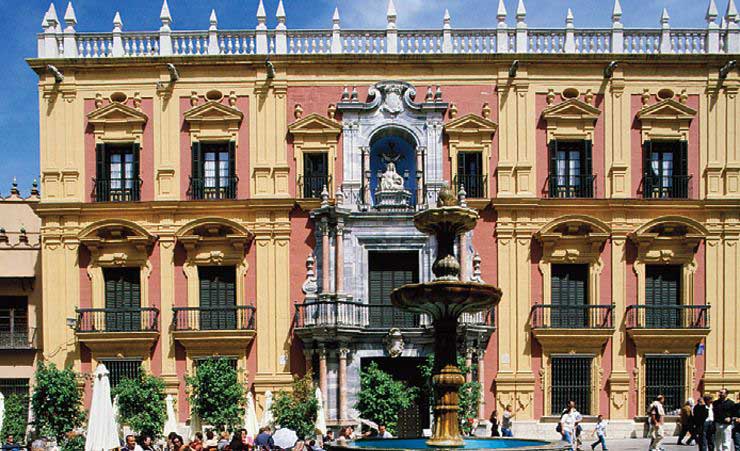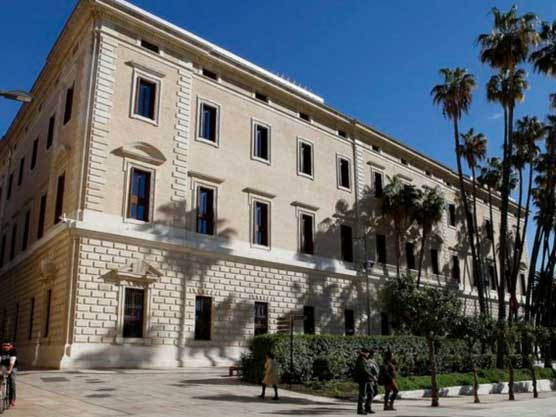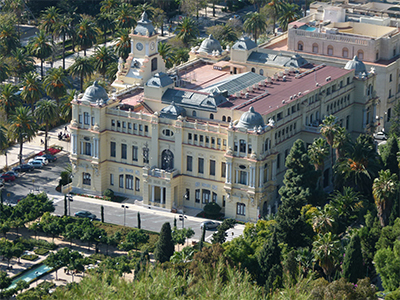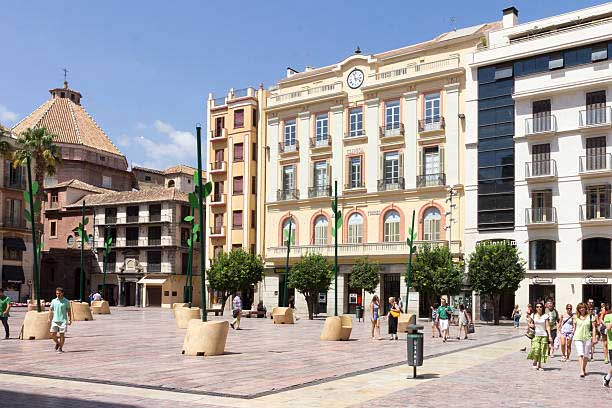La Alcazaba
The La Alcazaba fortress was built in the 11th century by the Moors. The Moorish fortress was built on the remains of a Roman fortress.
It was built on top of a hill which offers a panoramic view of Malaga and the of the Mediterranean Sea.
The original structure of the fortress had 3 protecting walls – of which 2 still remain -, more than 100 towers and there was a residential area which including 3 palaces.
Gibralfaro
The Moorish Castle of Gibralfaro is located next to the La Alcazaba Fortress which is connected via the ducts from two towers.
The castle is thought to be built in the 14th century on the remains of where a lighthouse once was which was built by the Phoenicians.
Roman Theatre
Just below the La Alcazaba Fortress is the Roman Theatre.
The theatre has a radius of 31 metres by 19 metres and wasn’t discovered until 1951.
Studies on the structure have shown that the theatre hasn’t been used since the 3rd century and that elements from the Theatre were used in building the Alcazaba Fortress.
Picasso’s Birthplace Museum (Fundacion Picasso)
Malaga has a lot of close ties to the famous artist Pablo Picasso as he was born in the city in 1881.
It is said that family tradition played a huge part in shaping his character.
The life and works of the artist would later make him Malaga’s famous native of all.
Tivoli World
Tivoli World theme park has just celebrated its 40th anniversary in 2012.
There is around 40 attractions and rides at the park which include a giant ferris wheel, go karts and a ride which has a free fall of 60 metres.
Other attractions of the park include the daily shows and the wide range of bars and restaurants which offer an international cuisine.
The Cathedral
The Cathedral in Malaga started to be built in 1528 after the Catholic Monarchs conquered Malaga from the Moors.
It was built on top of the remains of a mosque which was destroyed when the Christians took over the town. The structure of the cathedral was eventually completed in 1782.
Sagrario Church
Between the Episcopal Palace and the Malaga Cathedral is the Sagrario Church, this was built on the ruins of the main Arab Mosque in the 15th century.
Inside the church there is an altar which was built by Juan de Balmaseda, who was considered to be one of the great masters of Spanish Renaissance.
Santiago Church
The Santiago church is located on Calle Granada and was erected in the 16th century, the structure is a mixture of Gothic and Arab styles.
This church is where the famous Malaga artist, Pablo Picasso was baptized in 1881.
Palace Marques de Valdeflores
The Palace is thought to have originally been built as an exhibition centre in the 18th century for the people of Malaga but this was later bought by a noble family in 1895 for personal use.
In 1986 the goverment purchased the building back and is used nowadays to host different associations.
Bishop’s Palace (Palacio Episcopal)
The palace was proyected to be built in 1788 and was destinted to deal with martime traffic at Malaga Port.
The structure is has a Neo-Classical architecture and was completed in 1826. It is the current location of the Malaga Museum.
Malaga Museum
The palace was proyected to be built in 1788 and was destinted to deal with martime traffic at Malaga Port.
The structure is has a Neo-Classical architecture and was completed in 1826. It is the current location of the Malaga Museum.
The Town Hall (Ayuntamiento)
The Town Hall building in Malaga is located next to Alameda Park, the building was built between 1912 and 1919.
In 2010 the structure which makes up the town hall was declared a building of cultural interest.
The House of the Consulate (Casa del Consulado)
The Consulate House or Casa del Consulado is a building which has its origins in the 18th century.
The style of the structure is classic baroquean, the building was declared a historical national landmark in 1923.
It is located close to both the Carmen Thyssen Museum and the Constitution Square.
Malaga Bullring
The bullring was built in 1874 and was opened to the public in 1876, the ring has a capacity of about 14,000 spectators.
The ring is in the ‘La Malagueta’ district of Malaga which gives it its name.

